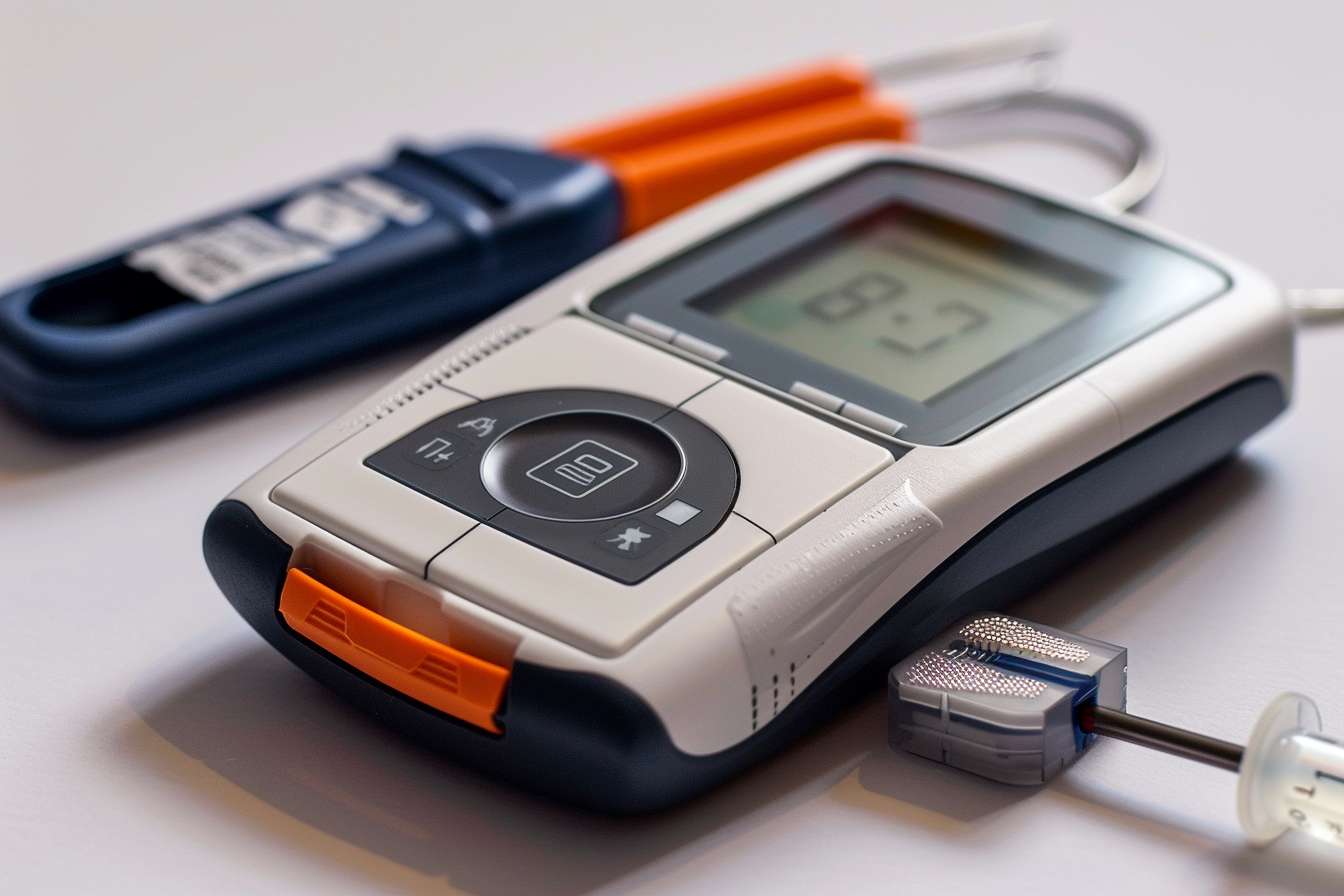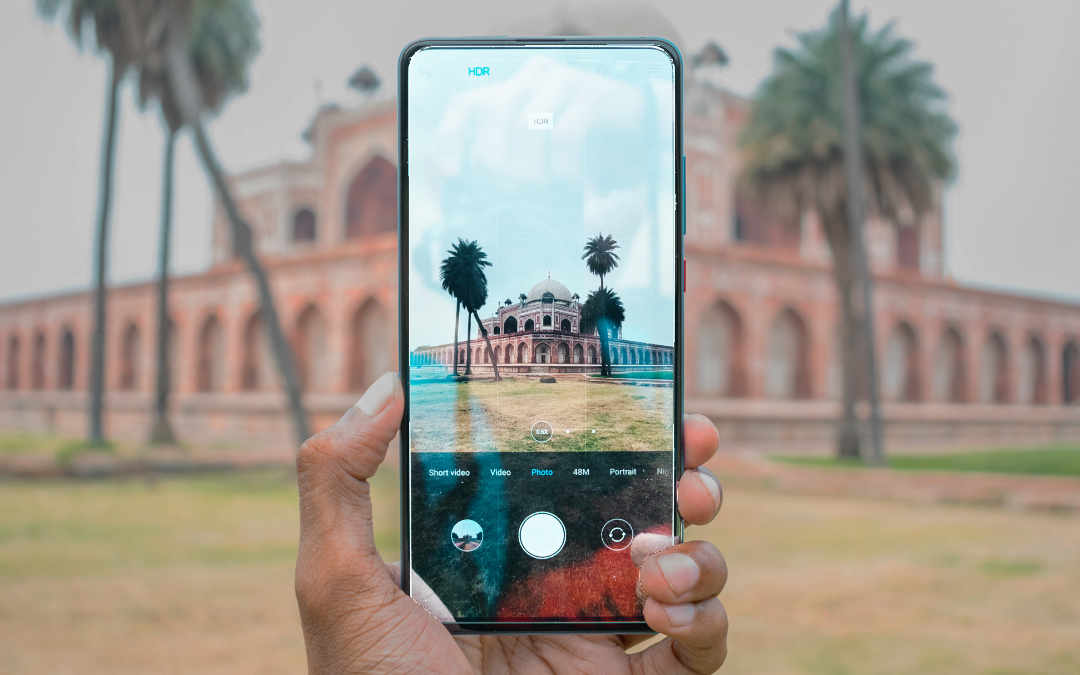Glucose Smart Watch Explained: Track Blood Sugar the Modern Way
In recent years, the intersection of wearable technology and healthcare has given rise to a revolutionary device: the glucose smart watch. This innovative tool offers a non-invasive and convenient way for individuals to monitor their blood sugar levels, potentially transforming diabetes management. Let's delve into the world of glucose smart watches and explore how they work, their benefits, and what to consider when choosing one.

What is a glucose smart watch and how does it work?
A glucose smart watch is a wearable device that combines the functionality of a traditional smartwatch with the ability to measure blood glucose levels. Unlike traditional glucose monitors that require finger pricks, these watches use advanced sensors to detect glucose levels through the skin. Most glucose smart watches employ a technique called non-invasive glucose monitoring, which typically uses low-power radio waves or near-infrared light to measure blood sugar levels.
Why are glucose smart watches gaining popularity?
The rising prevalence of diabetes and the increasing focus on preventive healthcare have contributed to the growing interest in glucose smart watches. These devices offer several advantages over traditional glucose monitoring methods:
-
Continuous monitoring: Many glucose smart watches provide real-time, continuous glucose monitoring, allowing users to track their blood sugar levels throughout the day.
-
Non-invasive: By eliminating the need for finger pricks, these watches offer a pain-free alternative to traditional glucose testing.
-
Convenience: Users can check their glucose levels discreetly and easily, encouraging more frequent monitoring.
-
Data integration: Most glucose smart watches sync with smartphone apps, enabling users to track trends, set alerts, and share data with healthcare providers.
What features should you look for in a glucose smart watch?
When considering a glucose smart watch, keep these key features in mind:
-
Accuracy: Look for devices with clinically validated accuracy rates.
-
Battery life: Longer battery life ensures uninterrupted monitoring.
-
Water resistance: This feature allows for continued use during various activities.
-
Compatibility: Ensure the watch is compatible with your smartphone and other devices.
-
Additional health tracking: Many glucose smart watches also monitor heart rate, sleep patterns, and physical activity.
-
Alert systems: Look for customizable alerts for high or low glucose levels.
Are glucose smart watches suitable for everyone with diabetes?
While glucose smart watches offer numerous benefits, they may not be suitable for everyone. Factors to consider include:
-
Type of diabetes: Some watches are designed specifically for Type 1 or Type 2 diabetes.
-
Accuracy requirements: Individuals who require extremely precise measurements may still need to use traditional blood glucose meters.
-
Cost: Glucose smart watches can be expensive, and not all are covered by insurance.
-
Skin sensitivity: Some users may experience skin irritation from prolonged wear.
It’s essential to consult with a healthcare provider before incorporating a glucose smart watch into your diabetes management plan.
What are the latest innovations in glucose smart watch technology?
The field of glucose smart watches is rapidly evolving, with new advancements emerging regularly:
-
Improved accuracy: Newer models are approaching the accuracy of traditional blood glucose meters.
-
Integration with insulin pumps: Some watches can now communicate directly with insulin pumps for more seamless diabetes management.
-
Predictive algorithms: Advanced AI is being used to predict glucose trends and provide proactive alerts.
-
Extended wear time: Some devices now offer longer periods between sensor changes, improving convenience.
-
Smaller, more discreet designs: Manufacturers are working on creating less obtrusive devices that blend in with everyday wear.
How do you choose the right glucose smart watch for your needs?
Selecting the right glucose smart watch involves careful consideration of several factors:
-
Consult your healthcare provider: Discuss the suitability of a glucose smart watch for your specific situation.
-
Research FDA-approved options: In the United States, look for devices that have received FDA clearance.
-
Consider your lifestyle: Choose a watch that aligns with your daily activities and preferences.
-
Read user reviews: Learn from the experiences of other users with similar needs.
-
Check insurance coverage: Some insurance plans may cover the cost of certain glucose smart watches.
-
Compare features and prices: Look at the features offered by different models and consider your budget.
| Device Name | Manufacturer | Key Features | Estimated Price Range |
|---|---|---|---|
| Freestyle Libre 2 | Abbott | 14-day wear, phone app integration | $60-$75 per sensor |
| Dexcom G6 | Dexcom | 10-day wear, auto-applicator, smartphone compatibility | $300-$400 for transmitter, $80-$100 per sensor |
| Eversense | Senseonics | 90-day implantable sensor, smartphone app | $1,000-$1,500 for insertion, $300-$400 per sensor |
| GlucoTrack | Integrity Applications | Non-invasive, clip-on ear sensor | $2,000-$3,000 for device |
Prices, rates, or cost estimates mentioned in this article are based on the latest available information but may change over time. Independent research is advised before making financial decisions.
Glucose smart watches represent a significant advancement in diabetes management, offering convenience, continuous monitoring, and improved quality of life for many individuals. As technology continues to evolve, these devices are likely to become even more accurate, user-friendly, and integrated into comprehensive diabetes care plans. Whether you’re considering a glucose smart watch for yourself or a loved one, understanding the technology, its benefits, and potential limitations is crucial in making an informed decision.




